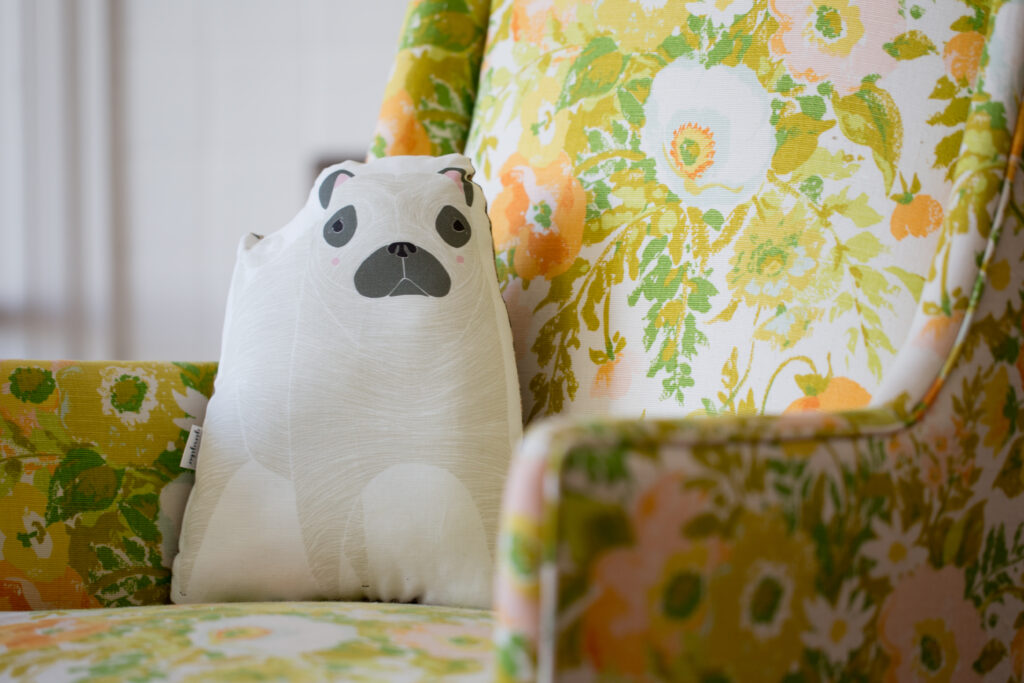This website uses cookies so that we can provide you with the best user experience possible. Cookie information is stored in your browser and performs functions such as recognising you when you return to our website and helping our team to understand which sections of the website you find most interesting and useful.
Hey, friend!
I'm Stacie Bloomfield
I am the owner and illustrator of Gingiber. I have been an illustrator for 15+ years and have successfully sold my artwork across several categories such as art licensing, wholesale, direct to customer sales, direct downloads, books, teaching, and more. I cannot wait to teach you how to do the same!
Categories
One of the greatest challenges every professional artist faces is creating work in their artistic style that appeals to potential buyers. When you’re used to your natural artistic practice, it can be confusing to start considering what potential customers might want.
We’ve talked before about how to find your signature style in your business, but that’s only part of the process of making art that your potential clients will actually buy. Through my work with thousands of fellow artists, I have some key tips about how to create a sellable body of work and transform it into a livable income.
You don’t have to be stuck in eternal trial and error. Let me share what I’ve learned and help you find your path so much easier!

Here are some of my top strategies for creating art that your target audience will actually buy:
- Create in Series or Collections: Consumers love collectible items, and creating a collection or series of work is a great way to make it more appealing and marketable. This approach helps customers see how pieces work together, and encourages potential collectors to buy multiple items.
- Build an Audience: Establishing a strong presence online through your own website and social media platforms like Pinterest, Instagram, or Facebook is a great way to get your original artwork out there. Participate in art fairs and exhibitions to meet buyers in person and build a reputation. Collaborate with other artists or businesses to reach new audiences.
- Market Yourself: Although it might feel uncomfortable, talking about yourself and your art is crucial to reach a wider audience. Use social media to promote your work and announce available pieces or commissions, and set up an email list. The more comfortable you get with marketing, the easier it will be to ask for sales.
- Understand Your Market: Conduct a market critique to determine if your artwork is ready to sell. Ask yourself who would be attracted to your design, what products your art could be used on, and if you would use your own art. Design for a specific audience to ensure your work appeals to them.
- Tap into Emotions: Create art that connects with buyers on an emotional level. Whether it’s for a children’s book, quilting fabric, or wrapping paper, your art should inspire excitement and a desire to purchase.
- Leverage Relationships: Relationships inside and outside of the art community are the most valuable resource you could have in your art business. Building relationships with customers and art directors can help you learn what appeals to them. This can help you create work that will also appeal to their customers.
If you’d like to find success in the creative market and become a full-time artist, these steps are some of the most important things you can do. In the end, it breaks down into two main categories: creating authentic art that your target market loves, and connecting those people with your art.
If you’re looking for more advice, check out the Art + Audience Podcast, where I talk with successful artists about how they got to where they are today, and share what I’ve learned from my experiences in the art industry.
You don’t have to do all of this alone! Whether you’re part of Leverage Your Art or Creative Powerhouse Society or you’re forging your way on your own, know that you can always have my knowledge and support behind you as you go, and there are so many artists who can join you right where you’re at. Building and growing your art business is best achieved in community, and I’m here to foster it for all of you.
